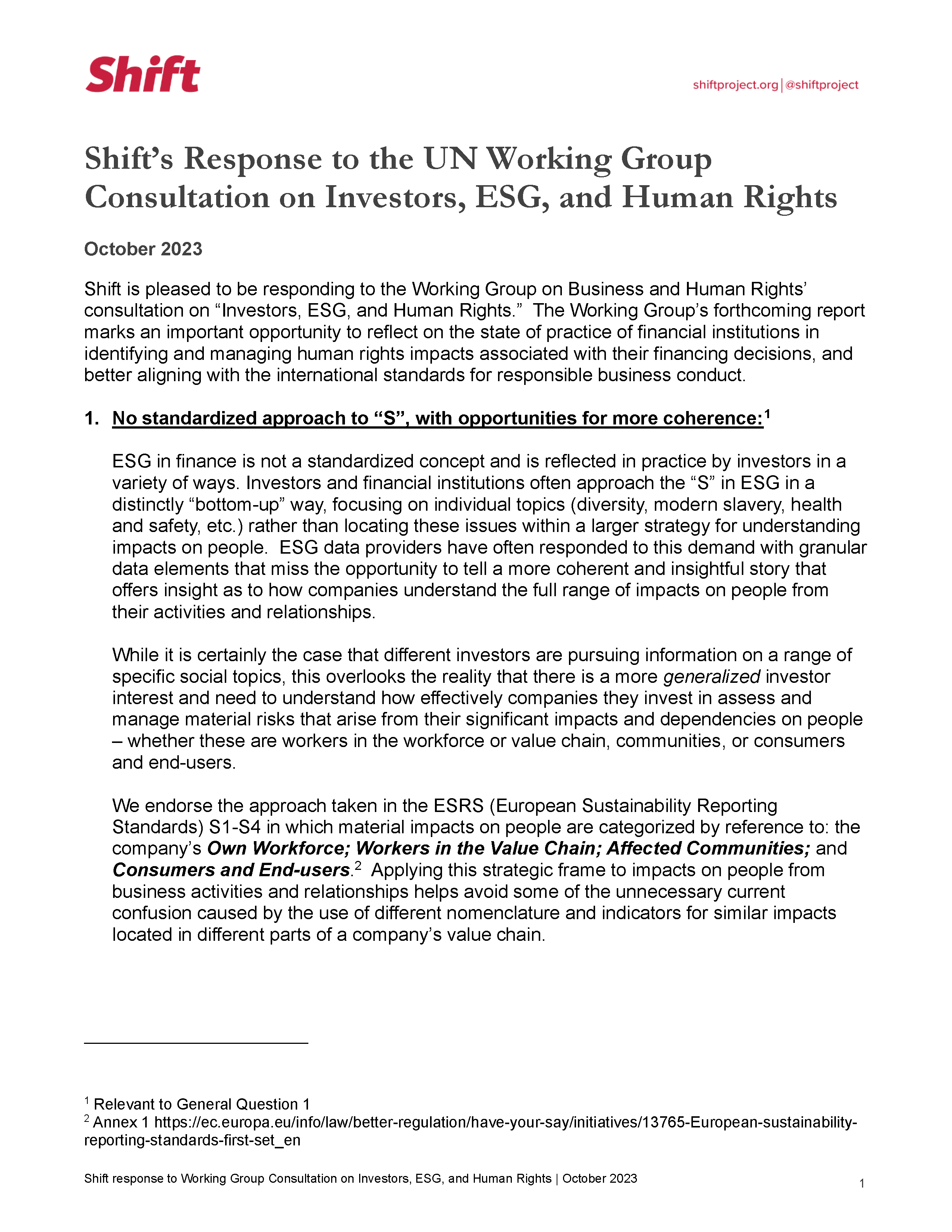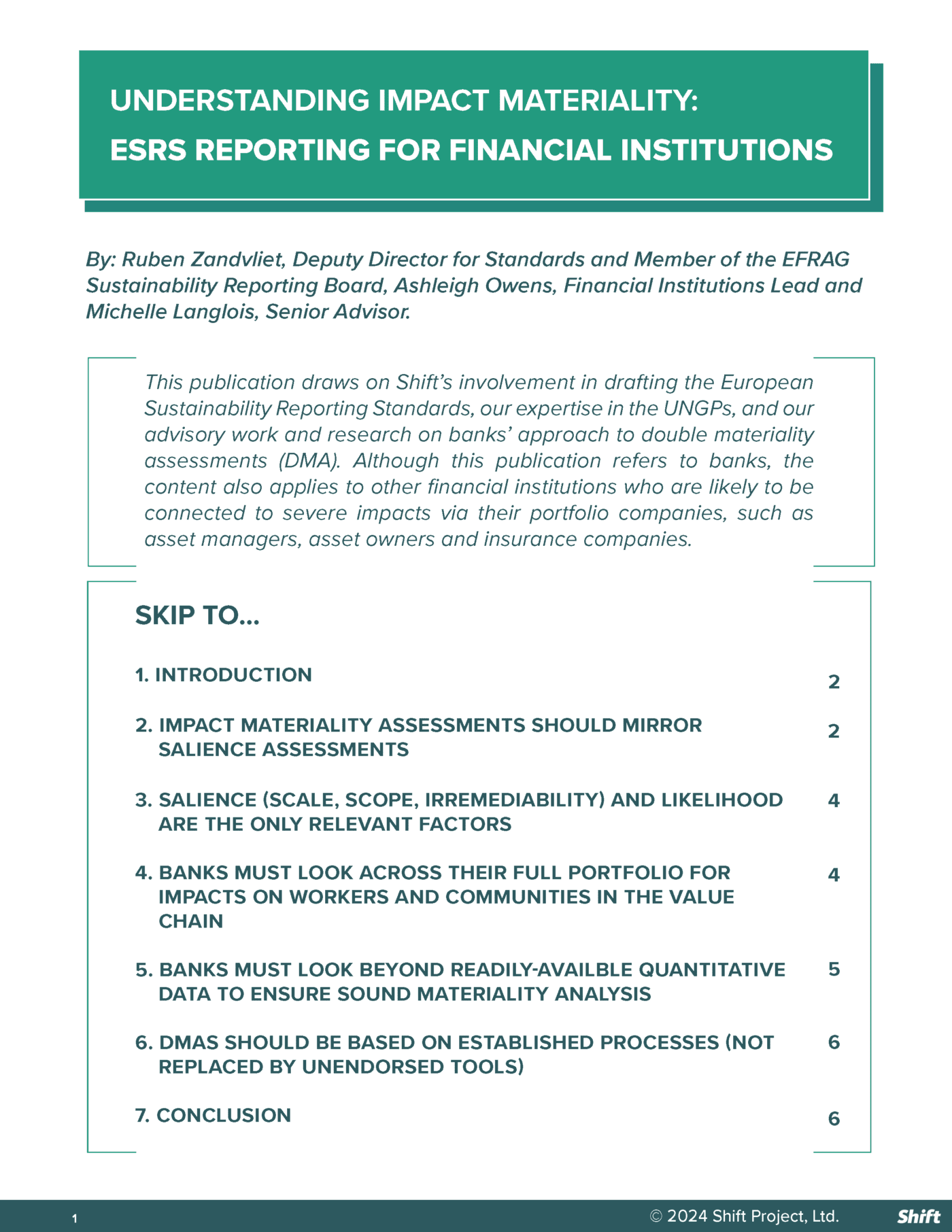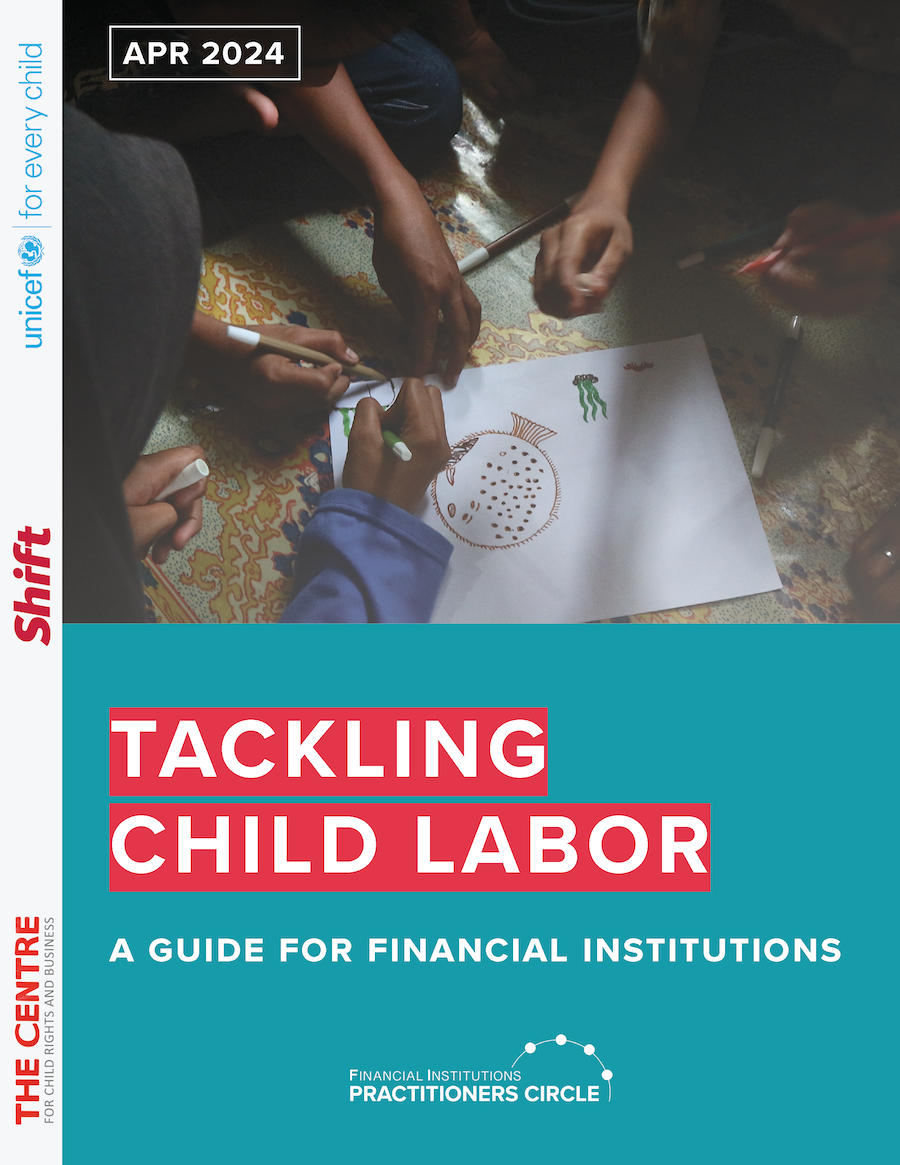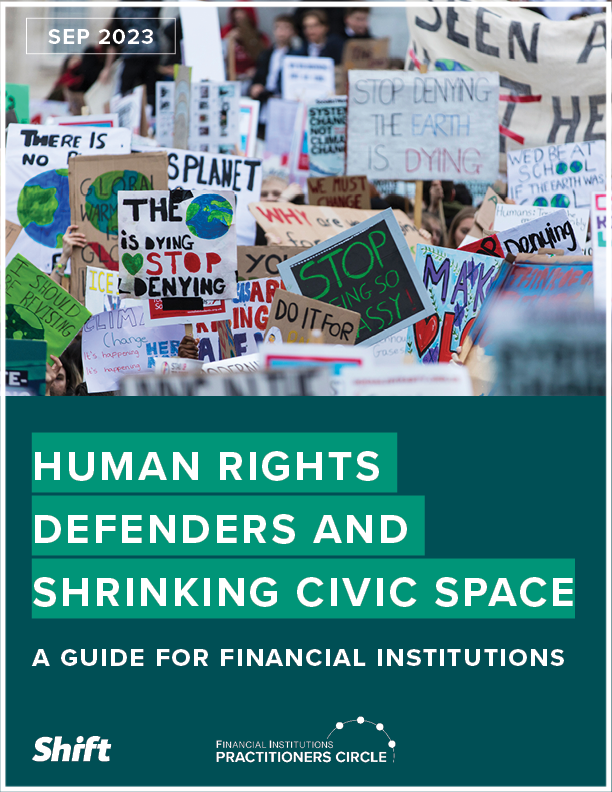In 2016, ESG investing amounted to US$ 22.8 trillion of global assets – by 2025 it’s expected to reach US$ 53 trillion.[1] Yet, while lenders and investors are increasingly using Environmental, Social and Governance (ESG) indicators in their decision-making processes, confusion about metrics persists, particularly when it comes to the ‘S’ in ESG. So, it’s vital that these approaches align with the UN Guiding Principles on Business and Human Rights, which leading financial institutions, states and businesses have been working to implement for over a decade.
In June 2024, the United Nations Working Group on Business and Human Rights will present a report to the UN Human Rights Council on the approaches to ESG taken by financial institutions, including investors, in recognition of their “unparalleled ability to influence companies and scale up on the implementation of the Guiding Principles”.[2] The report will provide guidance for governments, financial actors and others, on aligning ESG approaches with the UN Guiding Principles. As part of this, the group put out a call for input from a variety of stakeholders to inform their recommendations.
This response is Shift’s submission to the consultation, which builds on a decade of experience working with a range of financial actors, including investors, to drive successful implementation of the UN Guiding Principles on Business and Human Rights. For over 10 years, we’ve been supporting financial institutions to identify, assess, and manage the adverse impacts on people associated with their financing activities. In that time, the landscape has changed significantly – marked by new regulatory incentives, increased data availability, and a growing appreciation of the value of robust due diligence processes to financial institutions.
[1] ESG assets may hit $53 trillion by 2025, a third of global AUM, Bloomberg, via OHCHR
[2] P.15, para 77, A/HRC/47/39, Guiding Principles on Business and Human Rights at 10: taking stock of the first decade




